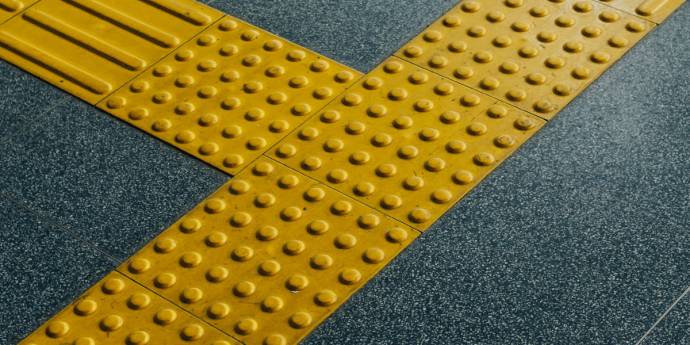Valuing H&S on the bottom line

Chris Alderson CMInstD has recently completed a thesis on how health and safety might be valued as an asset. While concepts such as goodwill, intellectual property and successful processes and systems can be considered intangible assets, health and safety is not captured on accountants’ spreadsheets.
Alderson, CEO of Construction Health and Safety New Zealand and a chartered accountant, says most organisations view health and safety as a cost.
Despite awareness that human capital and capacity can add value to organisations – something that may be part of the discussion during mergers and acquisitions – health and safety does not make it onto the accountant’s radar.

Chris Alderson
Alderson’s thesis suggests there are three different ‘buckets’ of health and safety that could be valued differently.
First, catastrophic risks are those things that, while they rarely ever happen, could mean the organisation does not survive.
“Valuing that kind of scenario is a little bit like valuing insurance. You actually get no points for doing it well, but there’s massive downside if you don’t achieve the minimum compliance.”
Second, critical risks are what are traditionally understood as major occupational health and safety failures – death, acute injury or other events that often make the news, he says. “In New Zealand, we know they happen 60 to 70 times a year, unfortunately.”
Critical risk is an area of focus because events can be very visible. A recent case adds an extra layer of potential risk for New Zealand directors and organisations.
Police have initiated a prosecution under the Criminal Proceeds (Recovery) Act 2009 against Salters Cartage Ltd for the death of a welding contractor. The company has already been fined $258,750 and ordered to pay reparation of $128,074.21 for breaches of health and safety regulations.
“What we find is, in most organisations, there is a linear relationship in every dollar you put into supporting your people from a physical and mental health perspective pays itself back four or five times.”
Third, chronic risks are regular (often minor) injuries that are a consequence of working in industries which are physical so you can get a lot of ‘walking wounded’ from day to day.
For critical risk, valuation must include the potential penalties and bad publicity that can accompany serious failure, which chronic risk has a direct value in terms of productivity.
“What we find is, in most organisations, there is a linear relationship in every dollar you put into supporting your people from a physical and mental health perspective pays itself back four or five times.”
To capture the value of health and safety as an asset would require the development of accounting standards, an accepted valuation method and a model that ties it to future cash flows, Alderson says.
“The work I did really suggests a conceptual model, but it also now needs to be empirically tested. It definitely could change the conversation. Instead of seeing health and safety as a cost of compliance, we’d see it as an investment and driver of bottom-line value.”